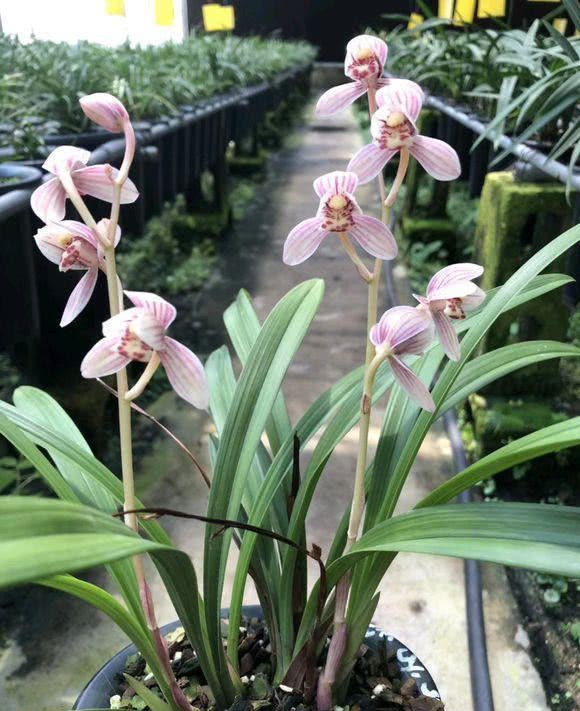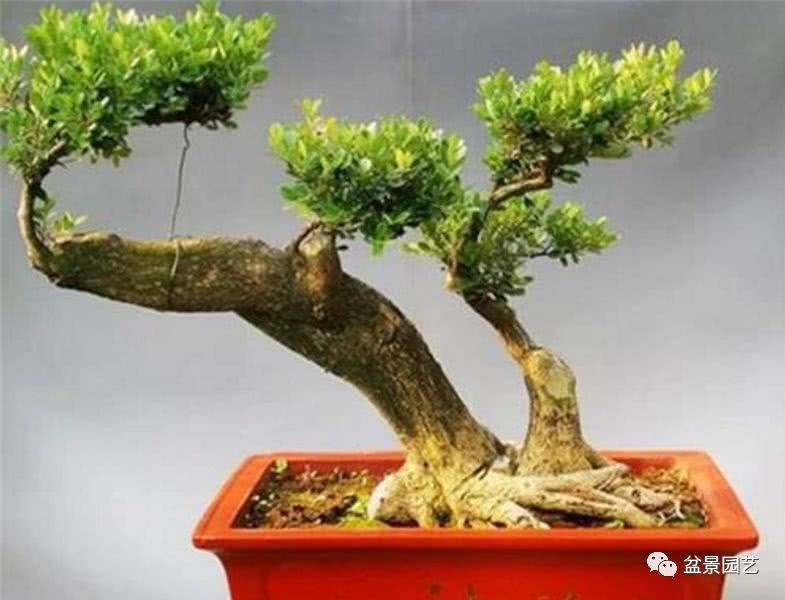The orchid cultivation experience shared by the old florist sees this last point, flower friend: very practical.

I believe that many flower friends who raise orchids have heard this flower saying: three species, seven branches, so it is very important to raise orchids management, many flower friends think that improper management at ordinary times will make their beloved orchids appear various problems, mainly because they do not understand the "temper" of orchids.
1. In addition to indoor maintenance in winter, orchids should be planted under shade in spring, summer and autumn. If the light is appropriate and the fertilizer and water are appropriate, they can grow broad leaves and green flowers. Shed shading is best able to consider the freedom of adjustment, morning and evening open, accept dew, can not cover too old-fashioned. Orchids need is half shade and half sun lighting conditions, especially flowering, but also in cool shade wet conditions. In order to prolong the viewing time, only the end of autumn can be given strong light, winter indoors should also be placed in a place with strong light, in order to facilitate the growth of orchids. Orchid leaf structure color depends on light, general mesophyll hypertrophy, yellow green or spotted leaves need more light, and thin leaves and dark green leaves need less light. Cymbidium and cymbidium need strong light, while cymbidium and cymbidium need weak light.
Orchids love a humid growing environment, but the pot soil requires drought, so you can sprinkle water on the ground and pot soil every day to increase the humidity around you. Watering should not be too much, basically keep seven points dry, winter should be kept slightly dry, pot soil slightly dry, can make plant nutrition concentrated, conducive to flower bud differentiation, too wet is easy to make orchid leaves grow, even rotten roots, so the lower part of the orchid pot should be filled with broken bricks and charcoal blocks to facilitate drainage; before flowering, watering can not be sprayed on the scape, no deletion will rot bud. In short, the spatial humidity required by orchids is more important than root humidity.
3. Because orchids grow slowly and only grow new roots and leaves once a year, it is generally necessary to wait until two years later to divide the pots. When dividing the pots, the soil should be fully dried to make the fleshy roots wither slightly. Then, the orchid seedlings should be poured out and the old soil shaken off. The broken roots, diseased roots and old roots should be cut off as much as possible. Even if they are grown into rootless plants, there is no need to worry. After pruning, they should be washed with water. According to the natural plants, the orchid seedlings should be divided into 2-3 clusters. Each cluster should have at least 3 false bulbs. The wound can be smeared with furnace ash or sulfur powder, and then placed in a cool and ventilated place, dried until the roots are slightly dry, white and soft, and then planted in a basin with heavy sand content. The retained orchid roots should be placed naturally in the basin. The new buds should be outward, so that there is room for growth and development. It is not suitable to plant too deep, and it is appropriate to expose half of the pseudobulbs.
4, orchid physiological diseases, can be observed from the subtle changes in the leaves to master: general leaves yellow and thin, is the phenomenon of lack of fertilizer; from the leaf tip gradually downward coke, is caused by excessive fertilization or fertilizer application, and leaves from bottom to top coke, is because of excessive watering; from the middle of the leaves yellow or black spots, or even coke, is caused by the difference between soil temperature and water temperature.
- Prev

Raise these four kinds of flowers in autumn and make them beautiful so that they can bloom in pots.
In autumn, flowers and trees wither, want to continue to feel the natural vitality, raise a few pots of autumn flowering potted plants. The following is to introduce four kinds of flowers! The florescence of chrysanthemum is from September to November. The chrysanthemum is beautiful and colorful, which is a kind of ornamental.
- Next

Illustration of Poplar Bonsai production Technology detailed explanation of Poplar Bonsai production Technology
Content Abstract: Populus tomentosa, etc., recorded in the Populus tomentosa family, belongs to dicotyledonous varieties, the plant is a shrub species, the height is about 1 meter, mostly wild in the valleys. What I will introduce to you next in this article.
Related
- Wuhan Hospital Iron Tree Blooming Result Was Instantly Frightened by the Gardener Master
- Which variety of camellia is the most fragrant and best? Which one do you like best?
- What is the small blue coat, the breeding methods and matters needing attention of the succulent plant
- Dormancy time and maintenance management of succulent plants during dormancy
- Minas succulent how to raise, Minas succulent plant pictures
- What are the varieties of winter succulent plants
- How to raise succulent plants in twelve rolls? let's take a look at some experience of breeding twelve rolls.
- Attention should be paid to water control for succulent plants during dormant period (winter and summer)
- Watering experience of twelve rolls of succulent plants
- Techniques for fertilizing succulent plants. An article will let you know how to fertilize succulent plants.

